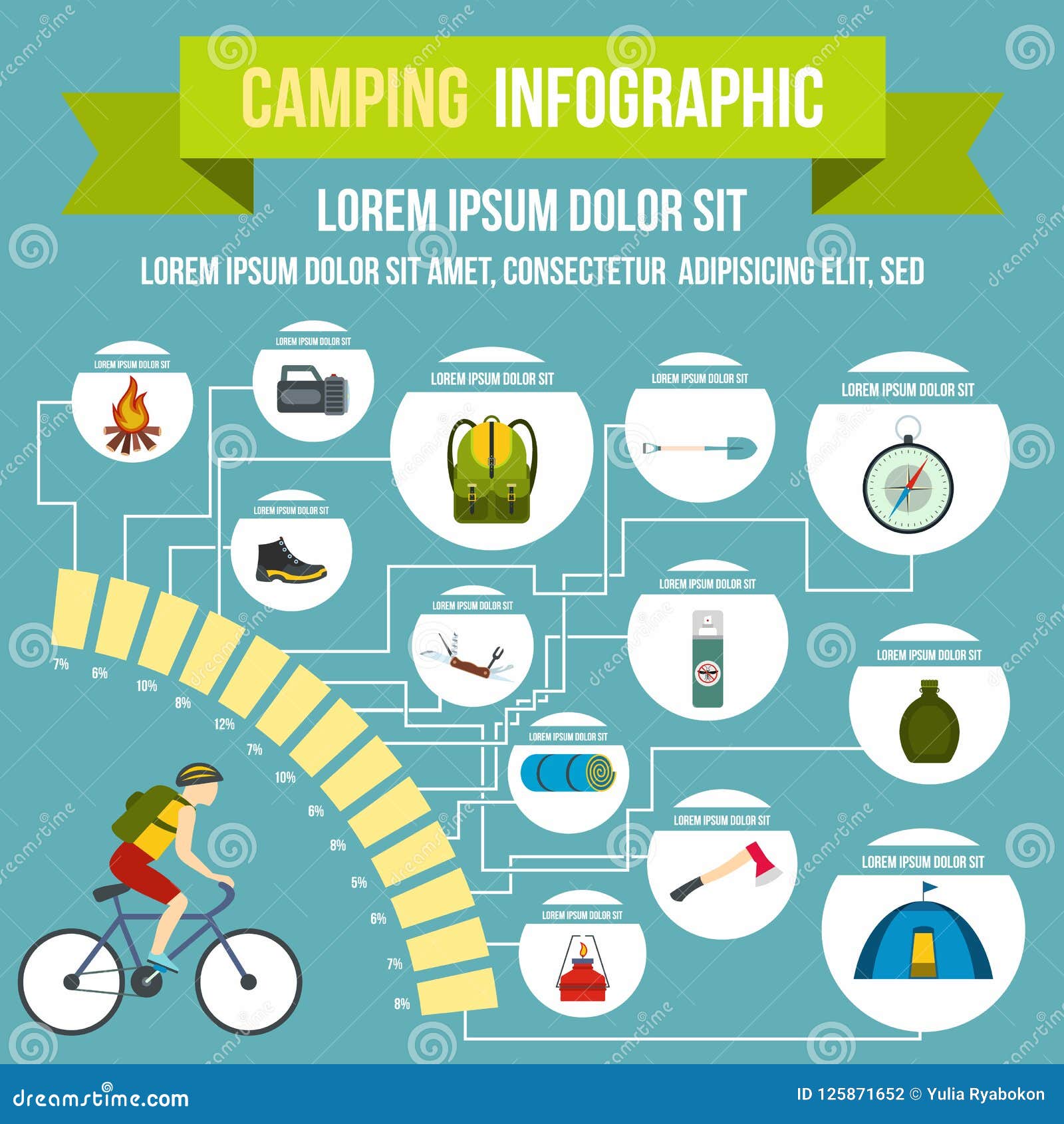Discovering A New Marketing Territory When Selling Camping Tents
Discovering A New Marketing Territory When Selling Camping Tents
Blog Article
The History of Bell Tents
From the nomadic tribes of Central Asia to glamping sites worldwide, bell camping tents have become a symbol of rustic adventure. Their legendary shape and large interiors create an ambiance that is both cozy and majestic.
Where do you put a tent on a backpack?
Their beginnings can be mapped to armed forces camping tents designed by Henry Hopkins Sibley, who patented the conelike canvas sanctuary in 1856. The style was based on the Native American teepee and was made to be quickly set up, resilient and portable.
Beginnings
The bell camping tent has been a staple for outdoor fanatics considering that the 19th century. The style is rooted in military outdoors tents that saw solution in the Crimean War, and later came to be prominent with scout groups throughout America. The American Sibley camping tent was a variant of the European bell outdoor tents. Its innovator, Henry Hopkins Sibley, took motivation from the Native American tepee when developing his version. His model included a single center post, increased larger wall surfaces and an airing vent cap that allowed smoke from the cooktop to get away.
Today, contemporary canvas bell tents use a sense of deluxe for camping enthusiasts and are a popular selection for glamping resorts. With a roomy inside and an appealing shape, these tents can be embellished with furniture and décor to develop a comfortable and intimate environment for passengers. The circular layout likewise assists with wind resistance and enables flexible indoor designs. The less complex style with fewer posts and stakes makes it less complicated to set up camp and transportation to various locations.
Armed forces Use
The Bell Outdoor tents was a home-away-from-home for numerous soldiers in the 18th century. It was made use of on the field of battle as well as for command centres and field hospitals.
Its capacity to be quickly established in a variety of goal situations permitted it to work as an efficient sanctuary and workspace. Its modular style means it can broaden or contract to fit the requirements of different sized groups and missions.
Furthermore, it can be easily delivered using a variety of vehicles and hands-on transport, making it a functional choice for armed forces and rescue procedures. Its lightweight, portable nature also makes it much easier for soldiers or rescuers to carry and trek throughout complicated surface to reach their mission website. This conserves important time and sources.
Glamping
With the rise of glamping, bell camping tents came to be prominent as a lavish camping choice. Their iconic silhouette develops a magical atmosphere and can be fitted with stylish furnishings to include an extra touch of comfort to your outdoor camping experience.
In the 19th century, the military adapted the layout to make it more long lasting and sensible for use on battle zone and explorations. Animal hides were replaced by canvas that had been treated with waterproofing representatives, allowing the bell camping tent to withstand rough climate condition.
The bell camping tent's practicality captured the attention of leisure campers, and it promptly gained popularity as an outdoor tents for camping trips and other outside occasions. It is now a staple at shop outdoor camping websites, music celebrations, and eco-resorts, where it uses a mix of nostalgia and class.
Layout
The bell tent's easy layout stood out of recreational campers, and it soon ended up being a staple amongst those that wanted to experience cot bed the outdoors stylishly. Today, you can locate these functional structures in camping areas and at glamping resorts throughout the globe.
The first trademarked variation of the bell tent was developed by Henry Hopkins Sibley throughout the American Civil Battle, drawing motivation from Indigenous American tipis. He included a solitary central pole, brief side walls, and a vented "cap" for smoke from an oven to create his ingenious outdoor tents.
Over time, Sibley's design enhanced with the enhancement of breathable canvas and various other products that allowed the camping tent to regulate its temperature. Modern bell camping tents are made from a range of products, consisting of cotton and blends with flame retardant fabric to decrease fire dangers. Their large interiors are perfect for organizing furnishings to produce comfy resting locations and lounge rooms. They are also lightweight and simple to set up, making them a great choice for novices or any individual seeking a stress-free camping experience.
Who coined the term glamping?
